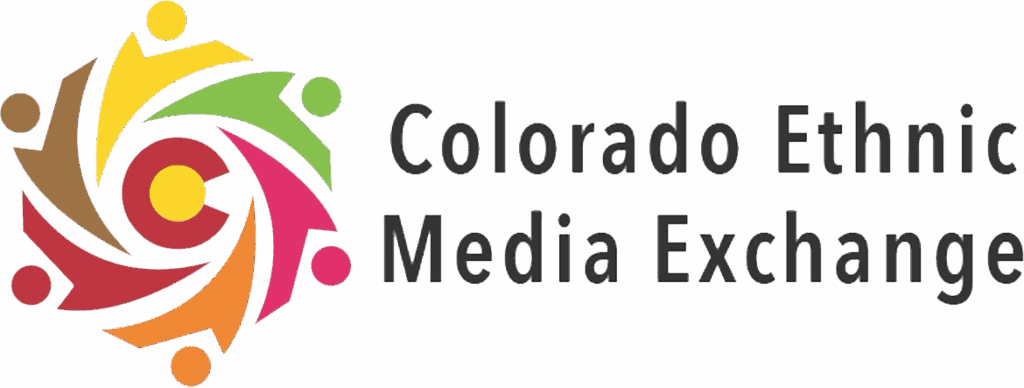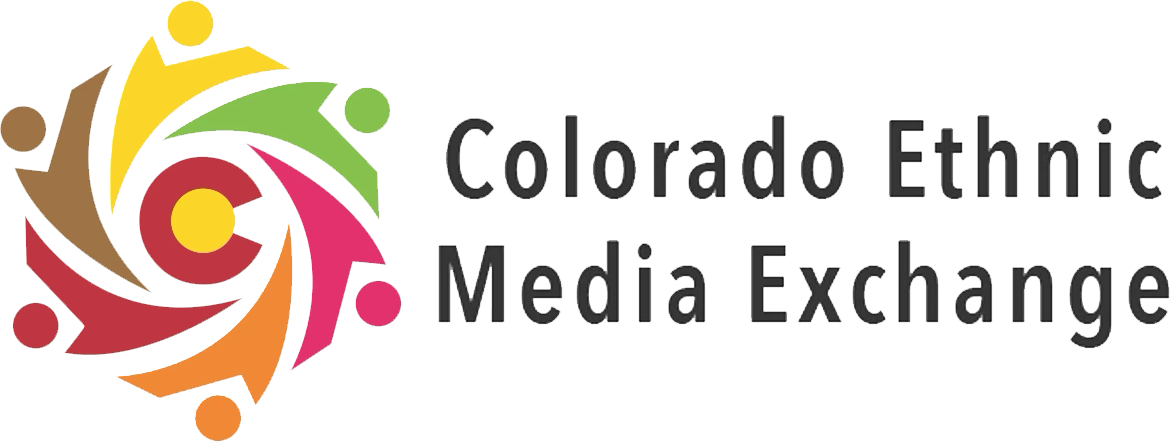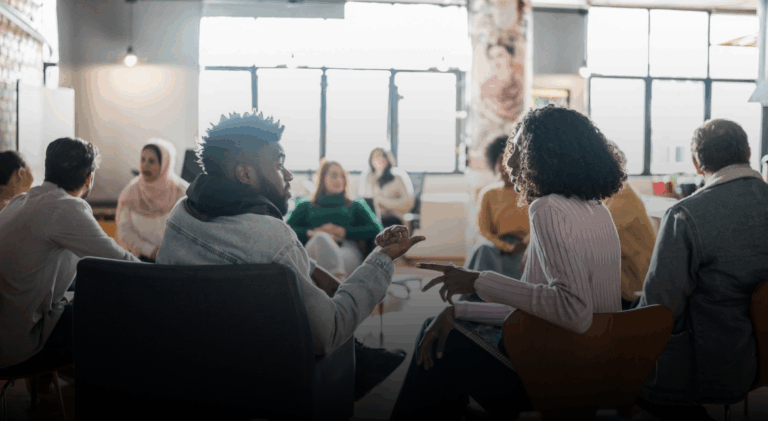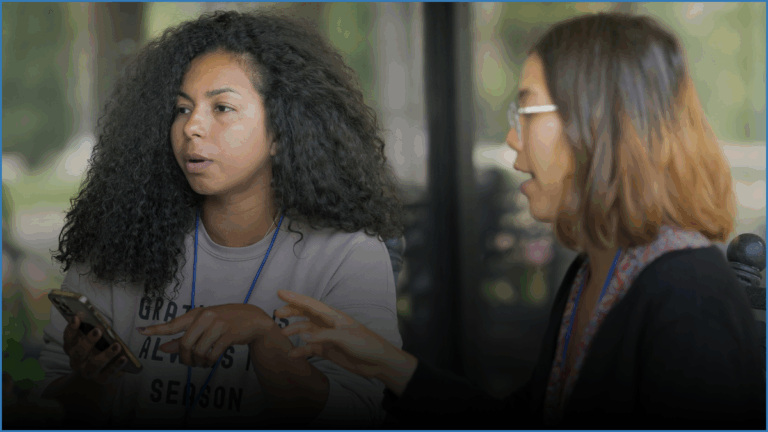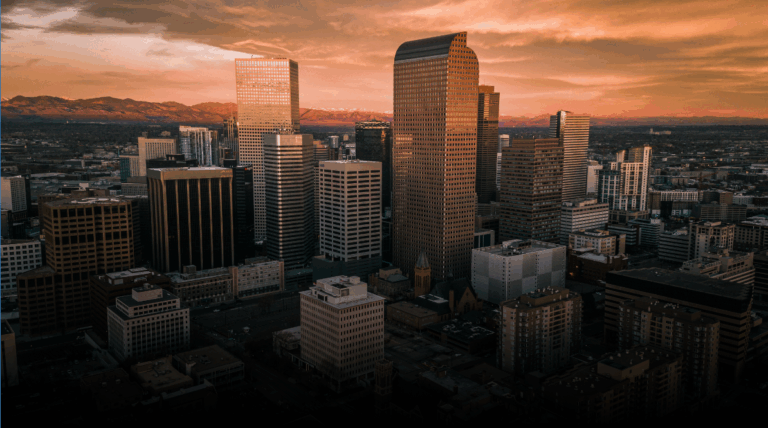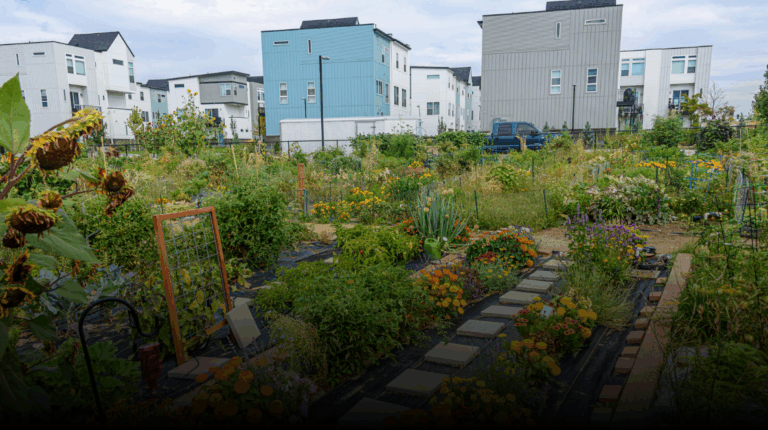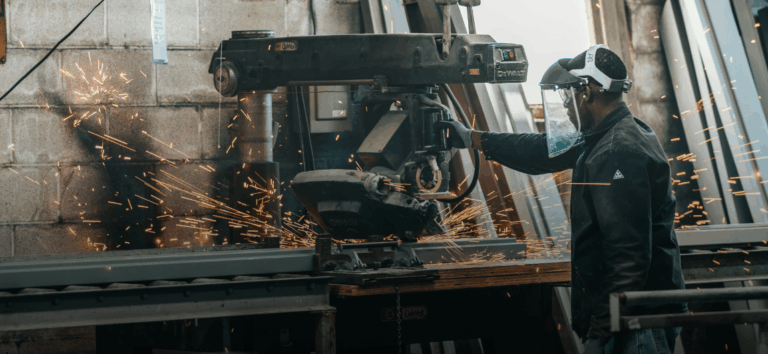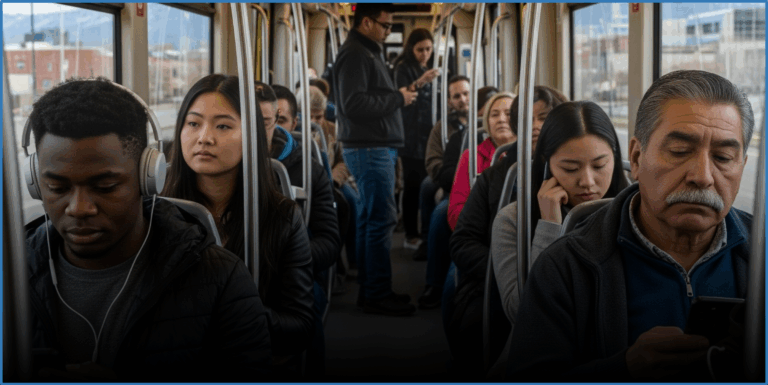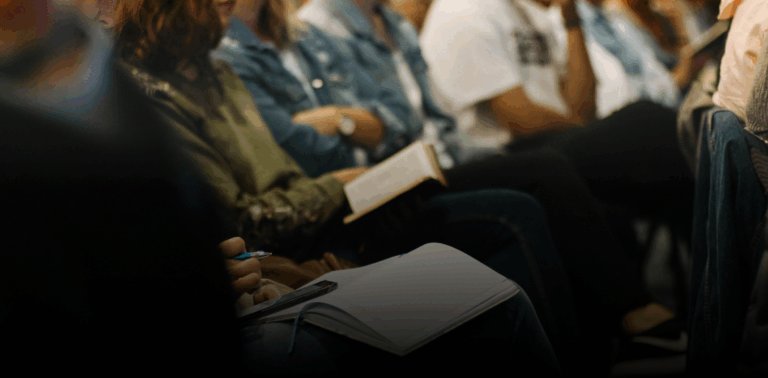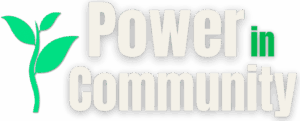
POWER IN COMMUNITY · NO. 6
It Starts With Belonging
To help young people thrive, begin with what helps them feel seen, safe, and powerful in their own lives.
It’s easy to treat helping kids thrive like a math problem:
Good schools + good grades = success.
But ask any young person in Colorado who’s tried to concentrate in class while housing insecure, working a shift after school, or navigating racism, poverty, or feeling out of place in their own skin, and you’ll see evidence of how incomplete that math really is.
Think about it: young people naturally move through their worlds with less say. They don’t control their schedules. They don’t always get to decide who’s around them. They’re still under the charge of adults. And for youth whose identities are routinely policed, dismissed, or erased, growing up means learning to exist on defense, long before they’ve had the chance to fully become themselves.
So what does thriving look like for a kid still figuring out who they are, while carrying grown-up burdens they never asked for? As Rose Green, senior program officer leading The Colorado Health Foundation’s (CHF) Thriving Young People priority, puts it: “Thriving is the moment a young person can picture the future they want and see a realistic path to get there.”
And it’s belonging that lays the emotional foundation for young people to experience that type of thriving. When they’re told they matter—in ways they can feel, trust, and count on—they begin to believe they can build the future they imagine.

Thriving is the moment a young person can picture the future they want and see a realistic path to get there.
ROSE GREEN,
SENIOR PROGRAM OFFICER,
THE COLORADO HEALTH FOUNDATION
The Cost of Not Feeling Seen
Beneath the routines of school and adolescence, many kids are weathering storms no report card can capture.
In 2021, Children’s Hospital Colorado declared the first pediatric mental health state of emergency in its 117-year history amid alarming rates of youth struggling. Two years later, substantial progress had been made, but around a quarter of Colorado’s middle and high schoolers still reported persistent sadness or hopelessness.
This burden isn’t evenly distributed. “We see higher rates of suicidality amongst LGBTQIA2S+ young people, and also increasing rates amongst young people of color,” says Green. In Colorado, Black students are 46% less likely than white students to report having a trusted adult they can turn to for help. For many immigrant youth, the constant fear of a parent being arrested or deported creates a steady undercurrent of stress. For youth who hold more than one marginalized identity, the weight of feeling unseen or unsafe multiplies.
These are just a few of the ways marginalization chips away at a young person’s sense of belonging. Yet even when support exists on paper, youth often report a disconnect: the sense that programs weren’t designed with their realities in mind.
For example, among LGBTQIA2S+ youth, youth of color are far more likely than their white peers to feel that mental health providers don’t understand their culture. According to a 2022 Trevor Project survey, that includes more than four times as many Indigenous and Latino youth, six times as many Black youth, nine times as many Asian American and Pacific Islander youth, and ten times as many Middle Eastern youth. “If people don’t understand [young people’s] lives—what they’re up against, how they move through life—then [youth-serving programs are] going to fall short, even with the greatest intention,” explains Green.
That kind of mismatch can create disconnects within the very efforts meant to help young people. It shows up when programs are built on the expectation that every kid can get a ride to attend, or has someone at home to help them follow through. It’s there when outreach materials aren’t translated or when staff don’t reflect the communities they’re meant to serve. When those gaps go unaddressed, the programs built on them can struggle to meet the needs of the very kids they’re trying to support.
All of this hits at a time in kids’ lives when formal power is still mostly out of reach. That’s why efforts to help young people thrive must start with belonging. It’s what makes everything else possible, from surviving the present to imagining a future worth claiming.
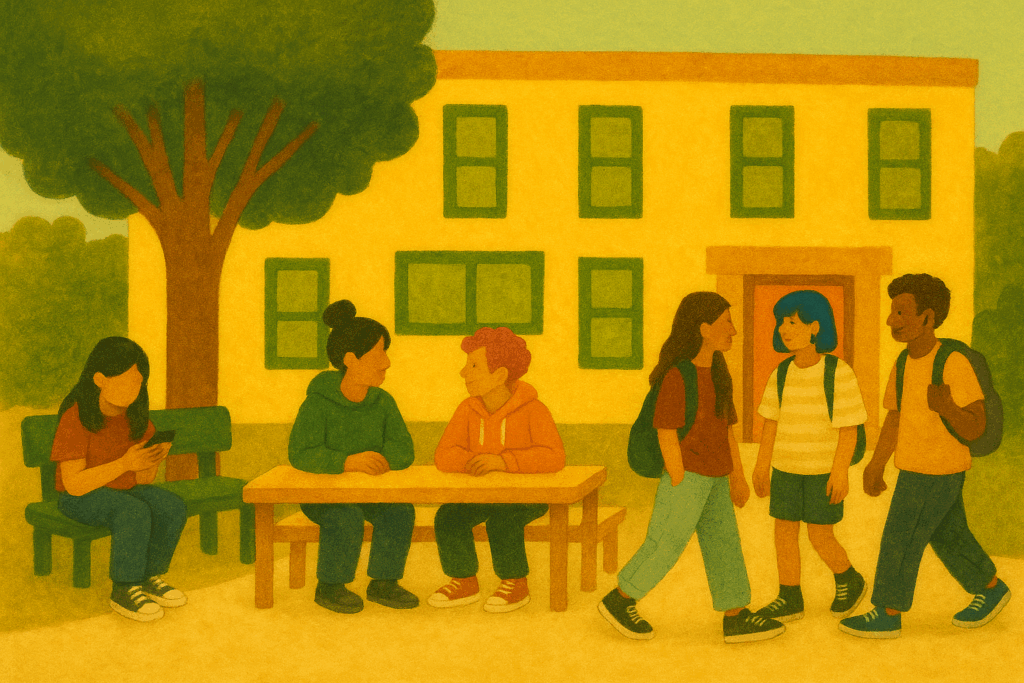
Where Belonging Takes Shape
Community-rooted efforts are showing what’s possible when young people are supported in seeing their future as real, reachable, and worth working toward.
CHF-supported programs reflect the lived realities of youth and reinforce the community power already in motion. They also offer something deeper: a vision for how any of us can help young people thrive. Here are a few ways those ideas are being put into practice, and what we can learn from them in our own communities and relationships.
Learning to Feel on Purpose
Adolescence is full of sometimes-overwhelming emotions. The Apprentice of Peace Youth Organization (APOYO) offers a practical education in emotional literacy to help young people move through it with intention. Through the deliberate movements of Tai Chi, the wisdom uncovered in storytelling, and the stillness of meditation, youth in Denver and Aurora learn to name what they’re feeling, understand where it comes from, and choose how they want to respond.
Instead of reacting impulsively in tough moments, participants learn to pause—connecting with their core values and considering the presence they want to bring into the room. They’re also introduced to a practice of thinking in wider circles: self, community, and world. It’s an approach that strengthens personal reflection and prepares them for community-powered action, the throughline of this series.
Takeaway: Emotional intelligence grows through practice and reflection. Ask what helps them reset. Share what works for you. And when they open up, show it matters by listening more than fixing.
Culture as Compass, Voice as Power
In a time marked by assaults on identity, Colorado Circles for Change (CCC) offers a crucial space for Latino and Indigenous youth to reconnect with their heritage. Here, cultural knowledge is treated not as a nice-to-have, but as a foundation for self-worth, resilience, and agency.
Young people learn these traditions in multi-sensory ways—through cooking, healing circles, creative expression, and personal storytelling. And in an echo of the hands-on leadership development we explored earlier in this series, they also learn how to recognize community challenges and shape responses. That includes showing up at town halls, crafting public campaigns, and stepping into roles as advocates, organizers, and truth-tellers.
Takeaway: Young people find their strongest voices when their identities are affirmed. Create opportunities for cultural expression in everyday life. Invite youth to share their traditions, family stories, or community experiences. Ask questions, listen deeply, and honor what you hear.
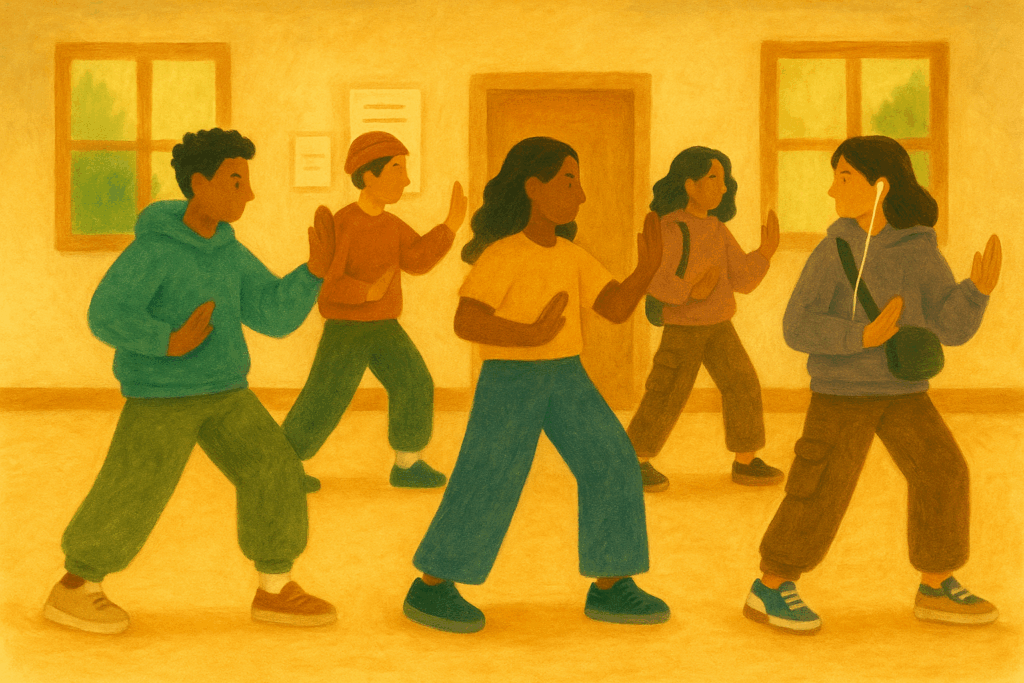
From Lived Experience to Civic Action
In southwest Denver, Movimiento Poder is helping young people connect the dots between personal experience and structural change. Through youth-led organizing, cultural expression, and political education, Latino high schoolers—many of them immigrants or first-generation—build skills to shape the future they want to live in.
Participants choose how to engage, whether through community art, mutual aid, healing circles, or campaign work. Some create zines to tell their family’s immigration stories. Others organize school walkouts or testify at city hearings. They explore the systems behind issues like housing displacement, school closures, and food insecurity—and map out where they can intervene. And because staff often share the same histories, the space feels anchored in mutual understanding and trust.
Takeaway: Every step toward shaping their world—organizing an event, helping a neighbor, speaking up at school—reinforces the belief that their voice matters. Trust them with real responsibility, and watch what they build.
This Is About All of Us
Investing in youth wellness strengthens entire communities.
When young people are healthy, supported, and seen, they’re more likely to thrive in school, avoid crisis systems (the kinds of last-resort services that step in when something goes really wrong), and contribute meaningfully to the world around them.
When a young person believes their life can be what they dream, it changes their path, and it changes ours. One of the most powerful catalysts for that belief is a community that sees their potential, surrounds them with care, and helps make hope feel like something they can act on.
The Power in Community series is presented by The Colorado Health Foundation, working statewide to improve the health of Coloradans through community-informed investments and policy change. Learn more at coloradohealth.org.
Distributed by the Colorado Ethnic Media Exchange , a statewide network of newsrooms serving Colorado’s diverse communities and advancing equitable representation in media. Produced by Angle Content & Strategy, which builds mission-aligned content, tools, and partnerships that grow community agency.
About this article: All editorial decisions, reporting, and writing were carried out by human beings. Spanish-language versions were first translated using ChatGPT (OpenAI) and then reviewed and refined by a professional bilingual editor.
All inline illustrations were created using ChatGPT. The featured image was sourced from Unsplash. Image credit: Leonardo David
